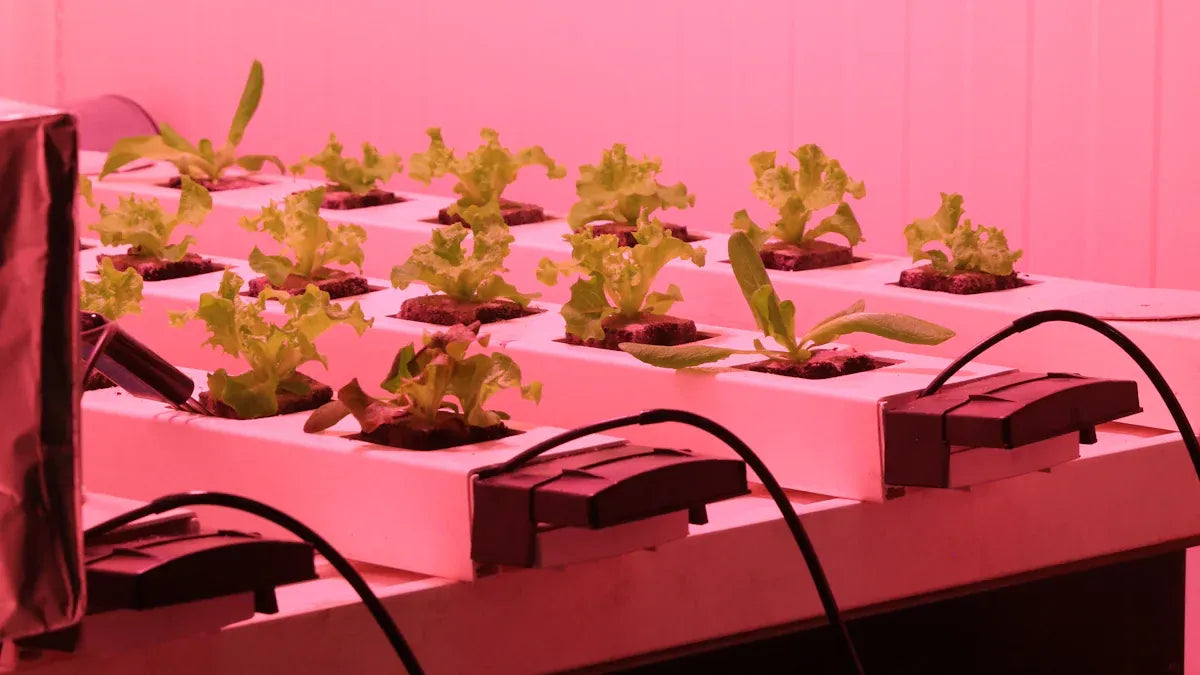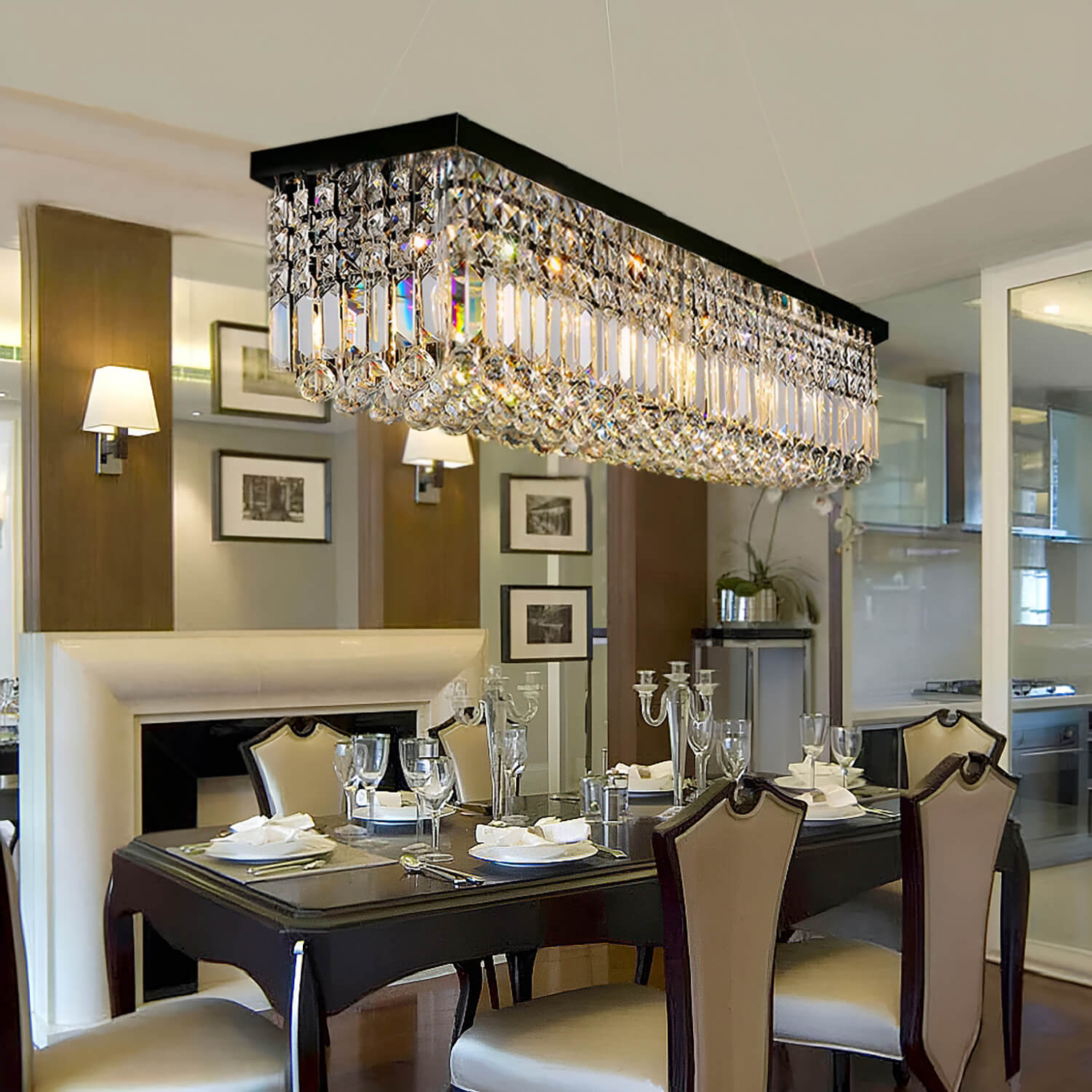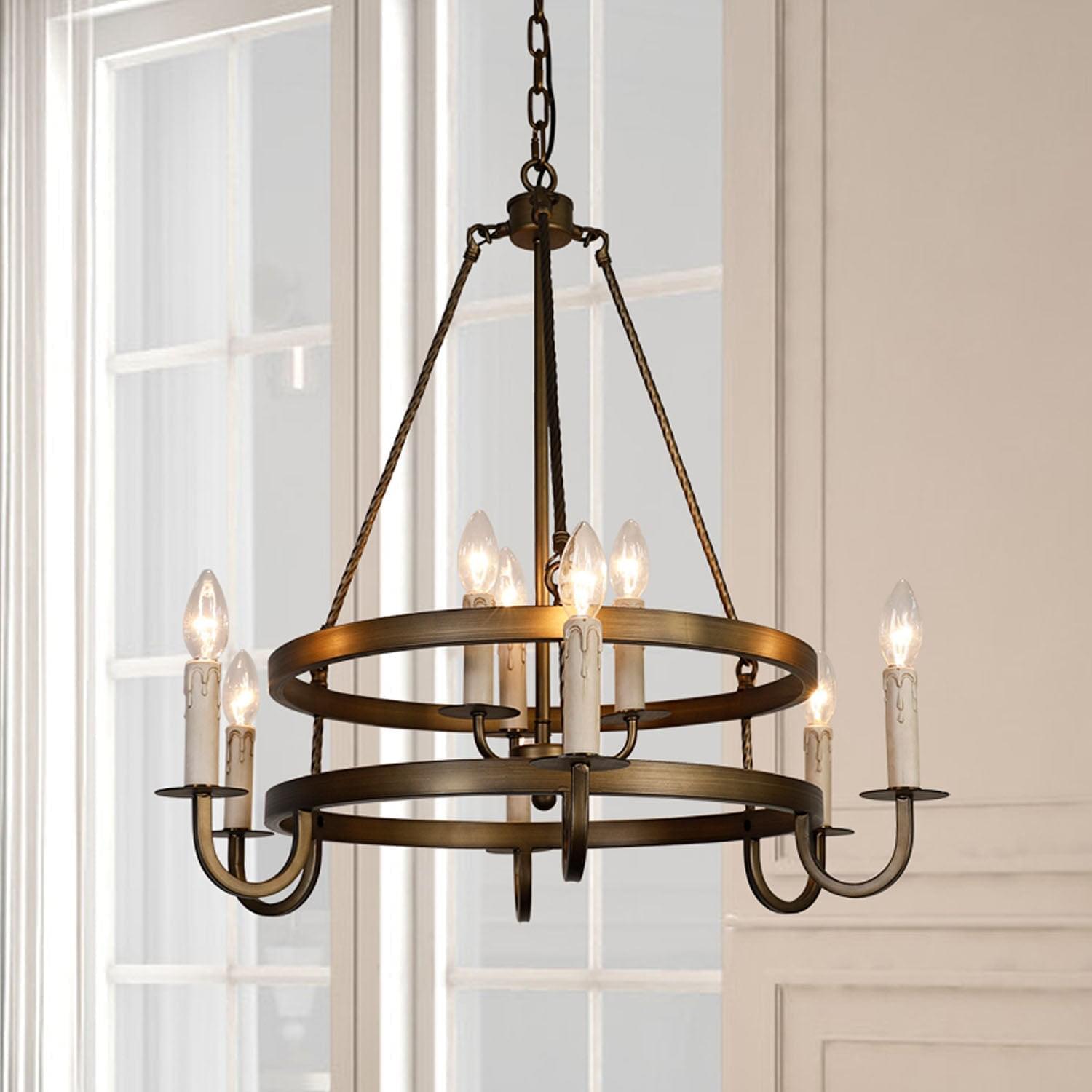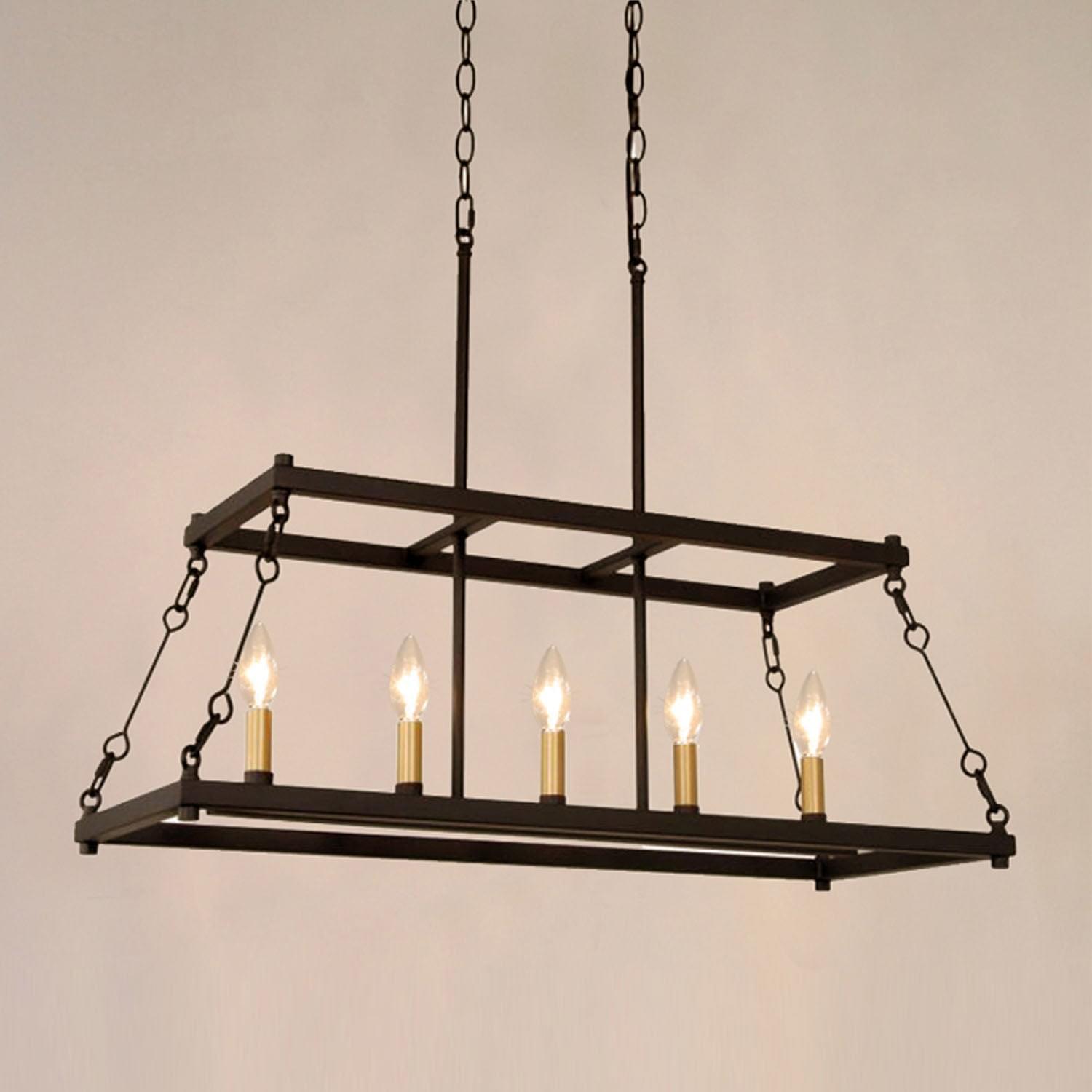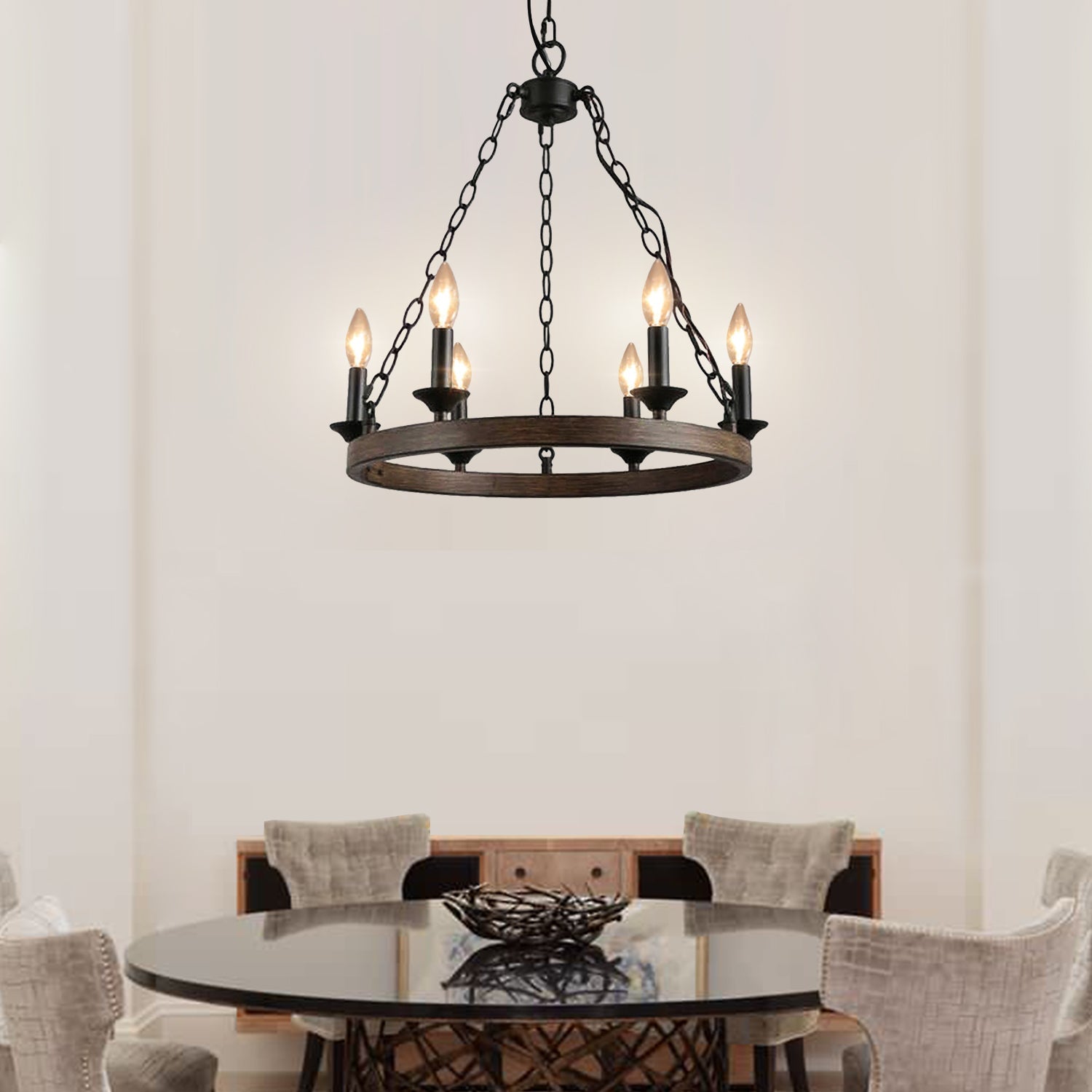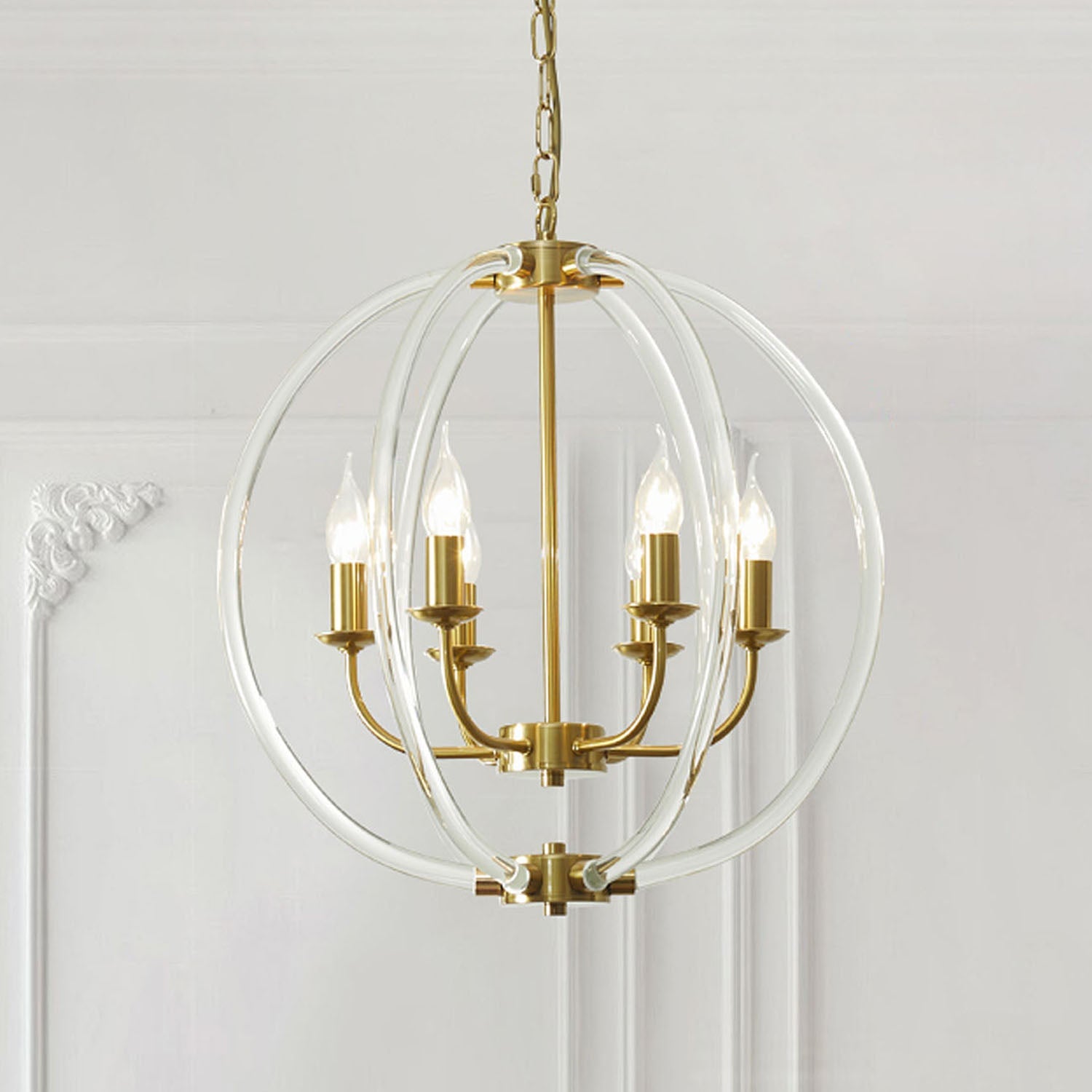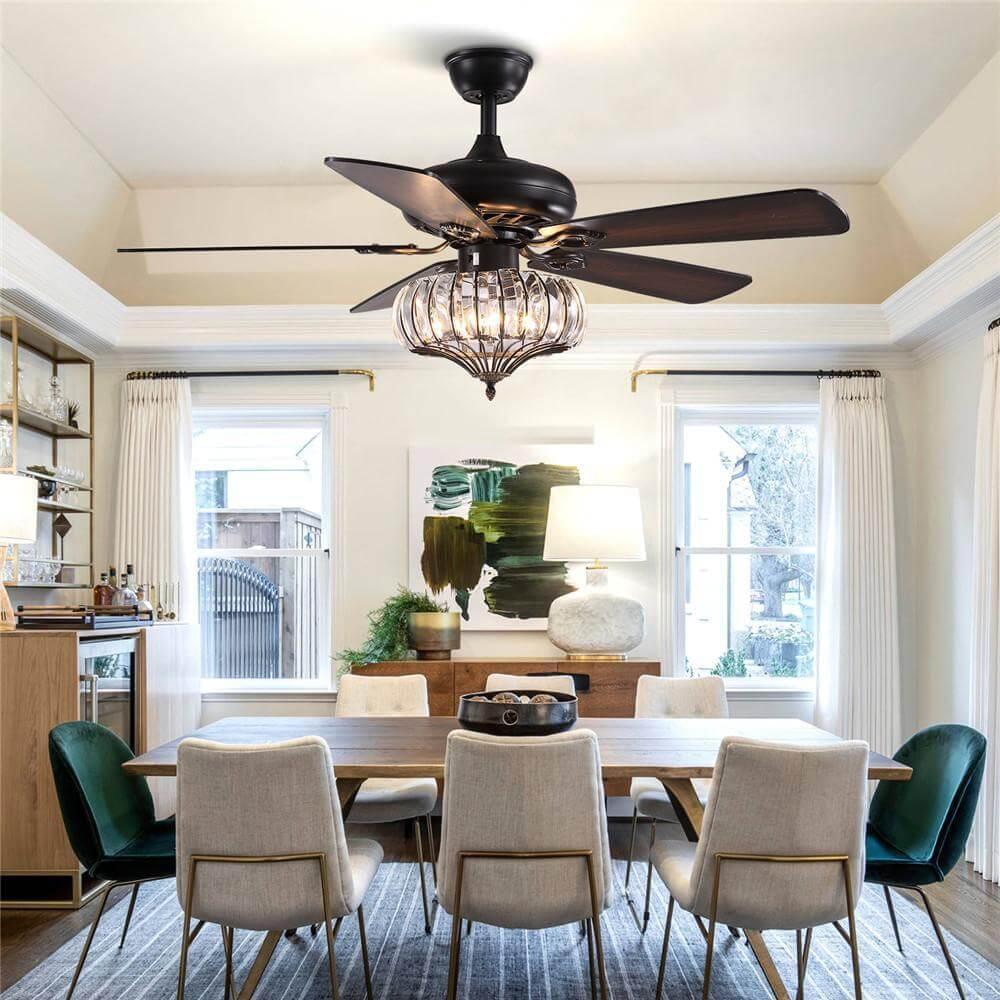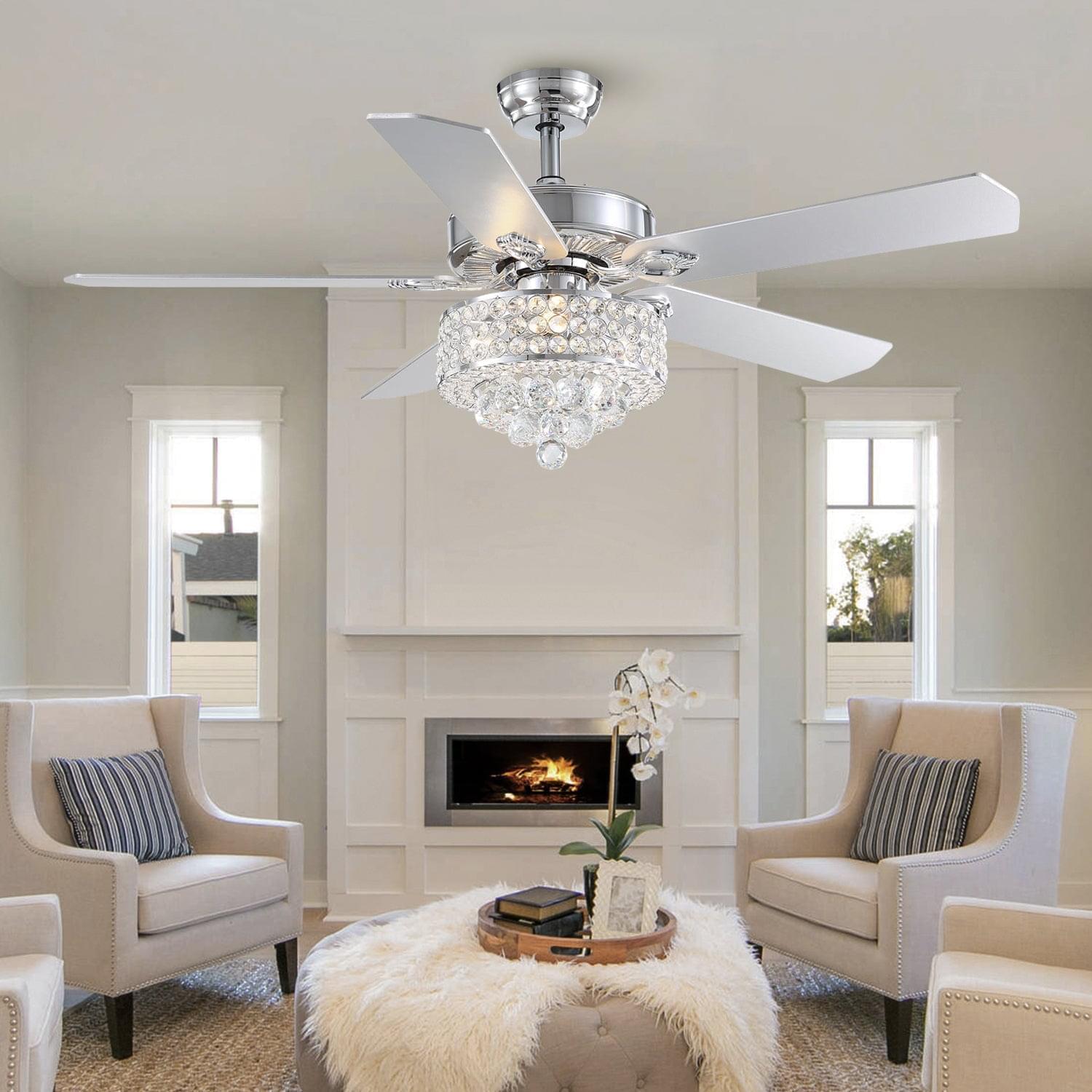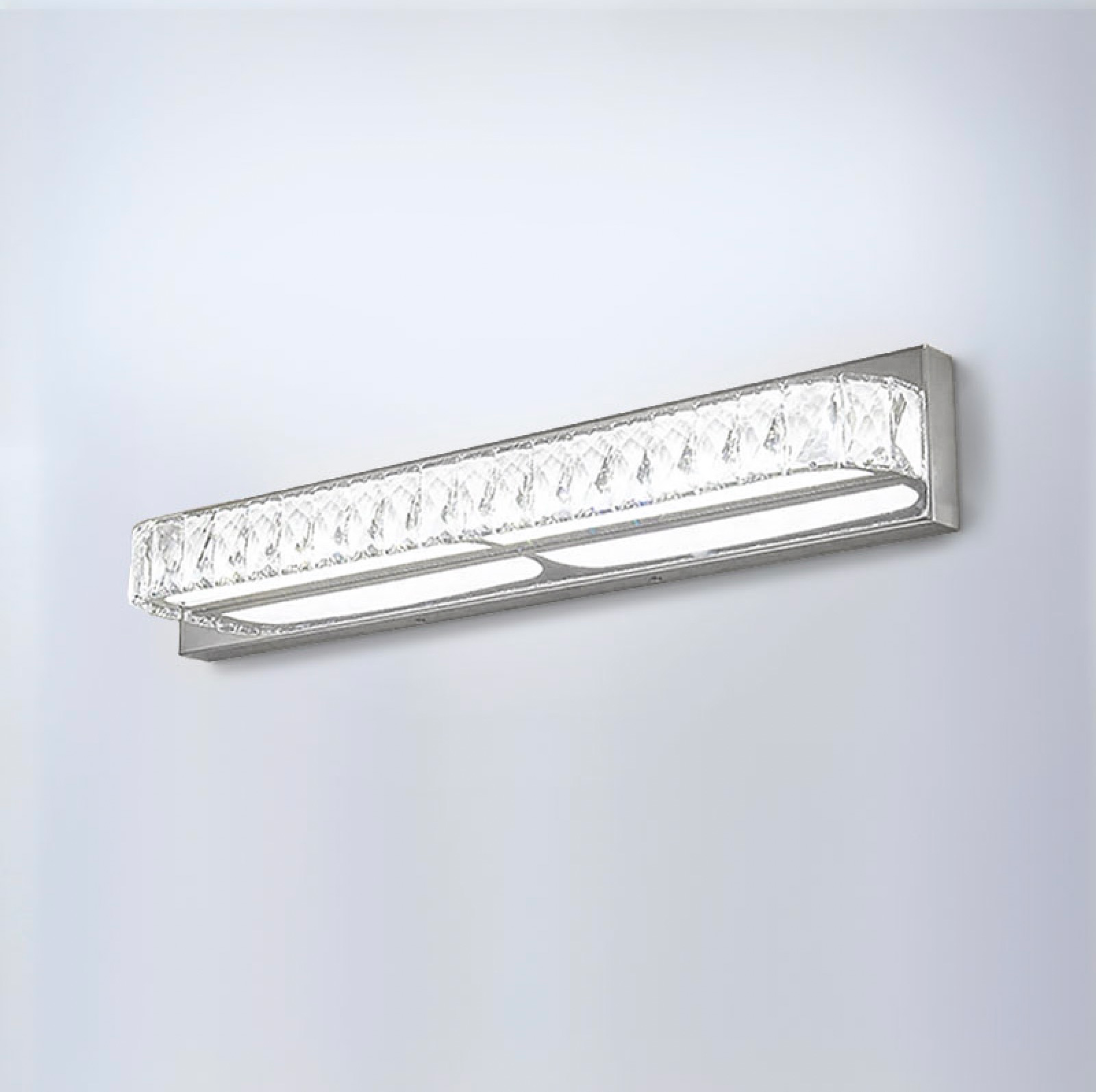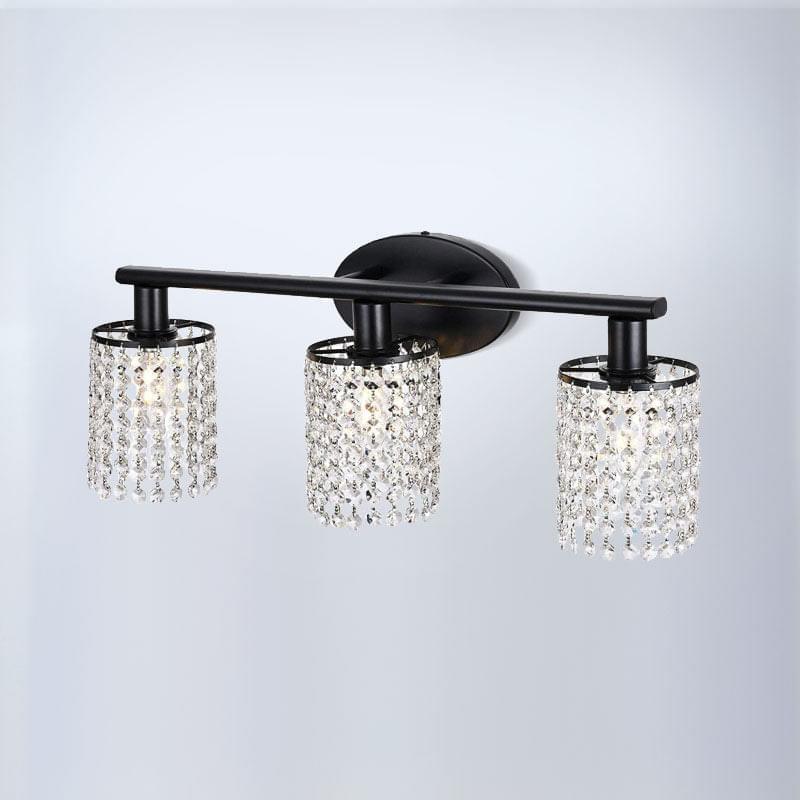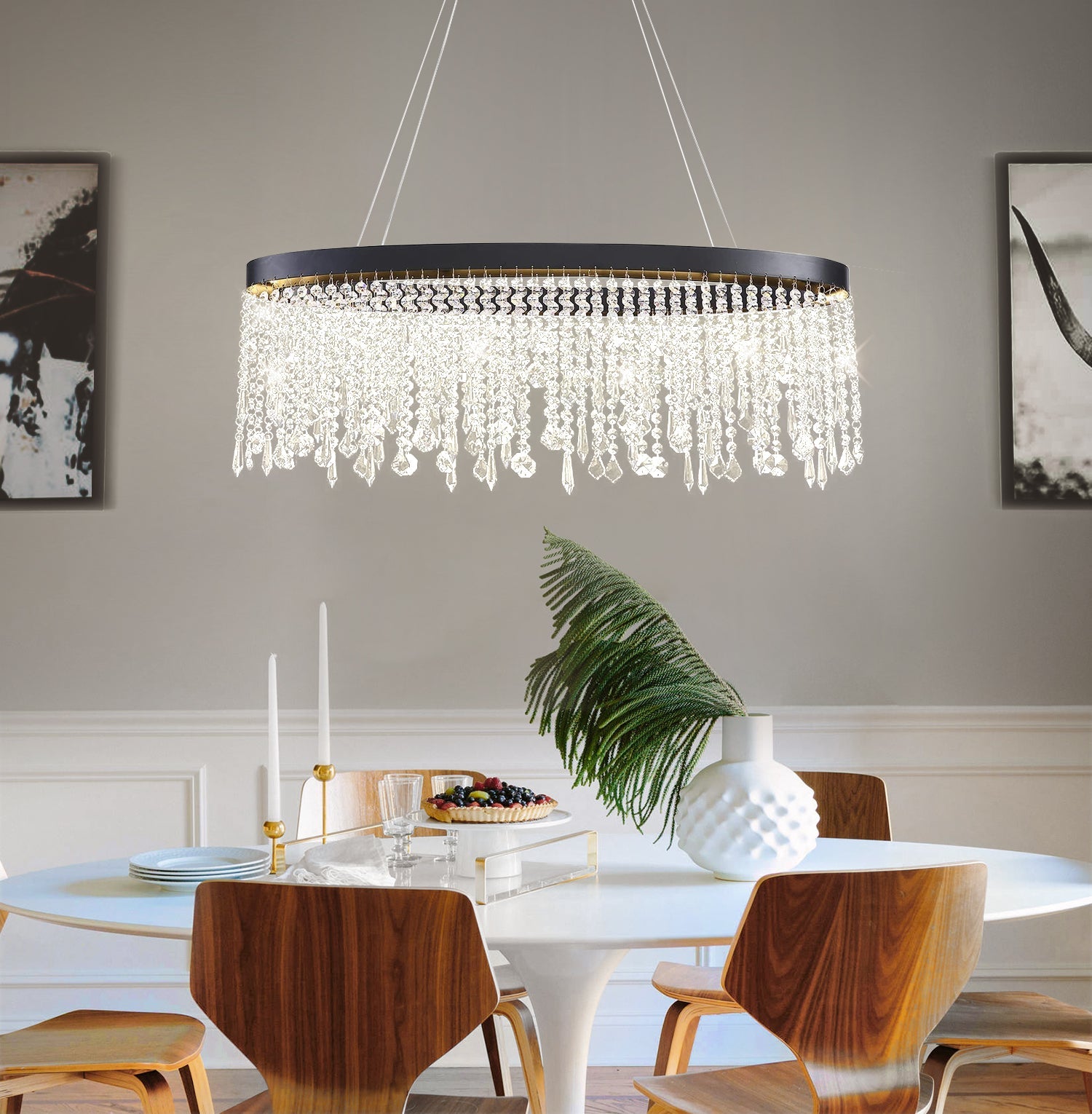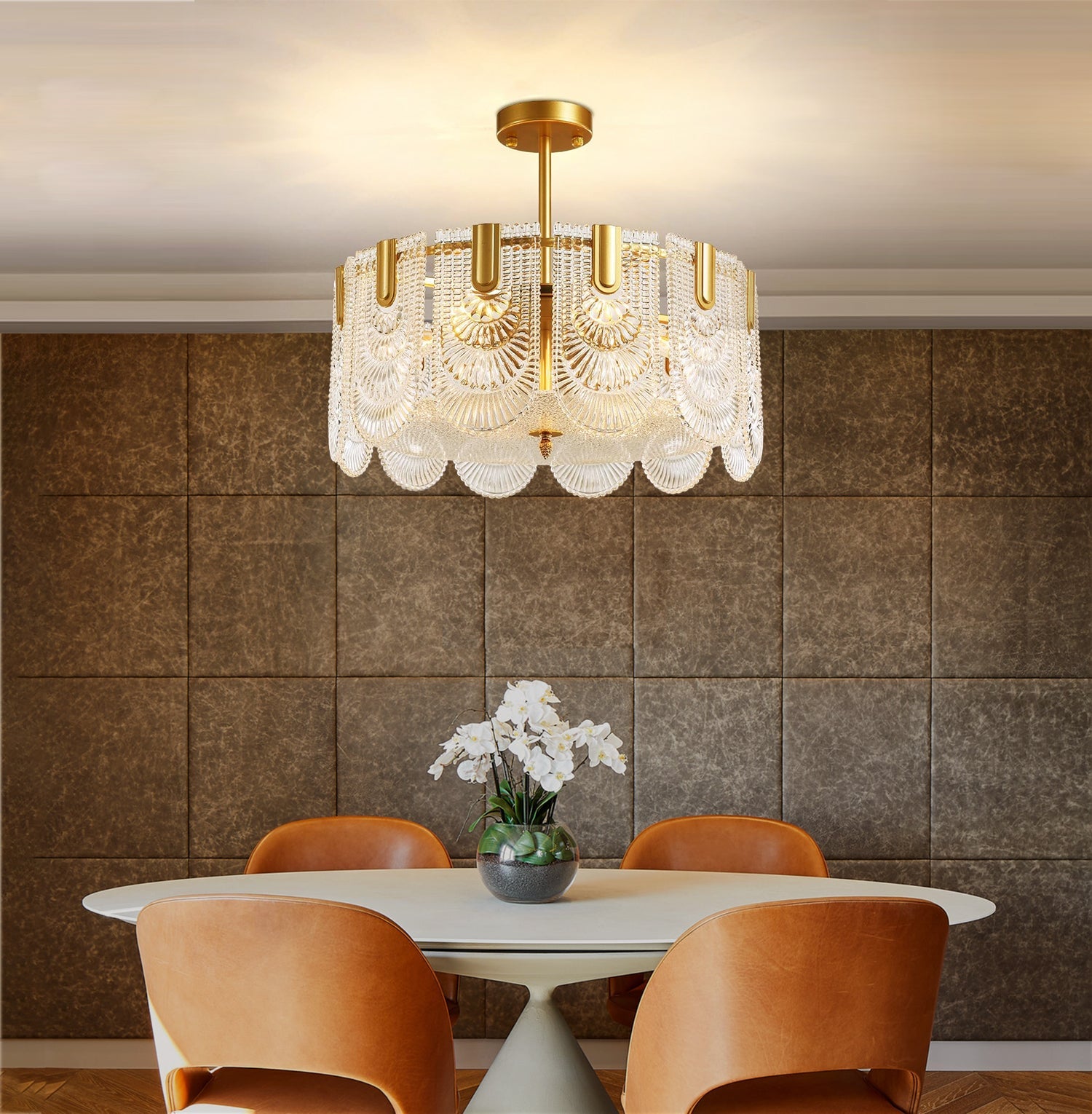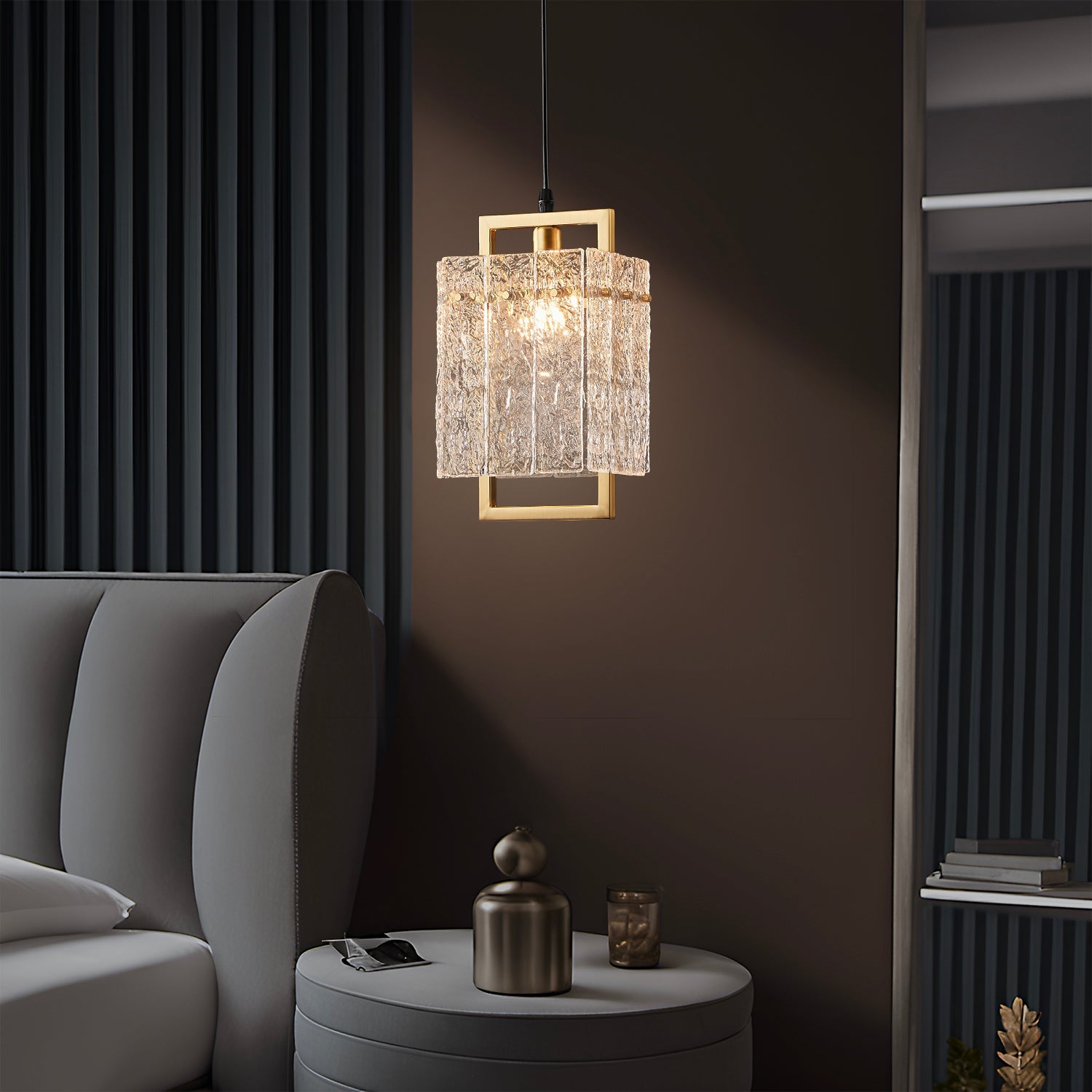Using special lights to grow plants indoors can be helpful. LED grow lights are a great choice for this. They save energy and act like natural sunlight. This helps your plants grow well all year. LED lights use up to 60% less power than HID lights. They can lower your costs by 50% to 75%. You can also adjust their light colors for different plant stages. By using LED grow lights the right way, your plants stay healthy. Indoor gardening becomes easier and more rewarding with these lights.
Key Takeaways
-
LED grow lights use less energy and act like sunlight. They help indoor plants grow well all year.
-
Change the light's distance as plants grow to avoid burning leaves or giving too little light.
-
Set timers to keep a steady light schedule. This gives plants the right light and rest they need.
-
Pick full-spectrum LED lights for even growth. These lights give the right colors for photosynthesis.
-
Check your plants often and change light settings if needed. This helps plants grow better and stay healthy.
What Are LED Grow Lights?
Purpose and Benefits of LED Grow Lights
LED grow lights are made to help indoor plants grow well. They copy sunlight, giving plants the light they need to stay healthy. One big plus of LED grow lights is saving energy. These lights turn more power into light instead of heat. This saves money on electricity and keeps plants from getting too hot.
Another great thing is they help plants grow faster. Research shows LED lights can cut leafy greens' growth time in half. They also boost seedling growth by 20-30% and improve photosynthesis by 25%. This means plants grow quicker and produce more. Whether you grow herbs, flowers, or veggies, LED lights make a big difference.
|
Crop Type |
Growth Time Saved |
|---|---|
|
Leafy Greens |
|
|
Floriculture Crops |
1-2 weeks faster |
Why LED Grow Lights Are Better Than Traditional Options
For indoor gardening, LED grow lights beat older lights like fluorescent ones. They let you adjust the light to match plant needs at each stage. Older lights can't do this as well.
LED lights also last much longer. While older lights need replacing often, LEDs work for years. They also make less heat, so plants won't burn, and you won't need extra cooling. Here's a quick comparison:
|
Feature |
LED Grow Lights |
Traditional Lighting (Fluorescent) |
|---|---|---|
|
High, more light, less waste |
Lower, less efficient |
|
|
Tailored Light Spectrum |
Yes, fits plant needs |
Limited spectrum |
|
Lifespan |
Lasts longer |
Shorter lifespan |
|
Heat Output |
Less heat |
More heat |
|
PPFD Levels |
50 to 700 µmol/m²/s |
Often below tens µmol/m²/s |
|
Cost |
Costs more at first |
Cheaper at first |
LED grow lights are becoming more popular worldwide. In the USA, their use may grow by 8.2% from 2025 to 2035. This is due to vertical farming and government support. Countries like China and South Korea are also seeing fast growth in this market.
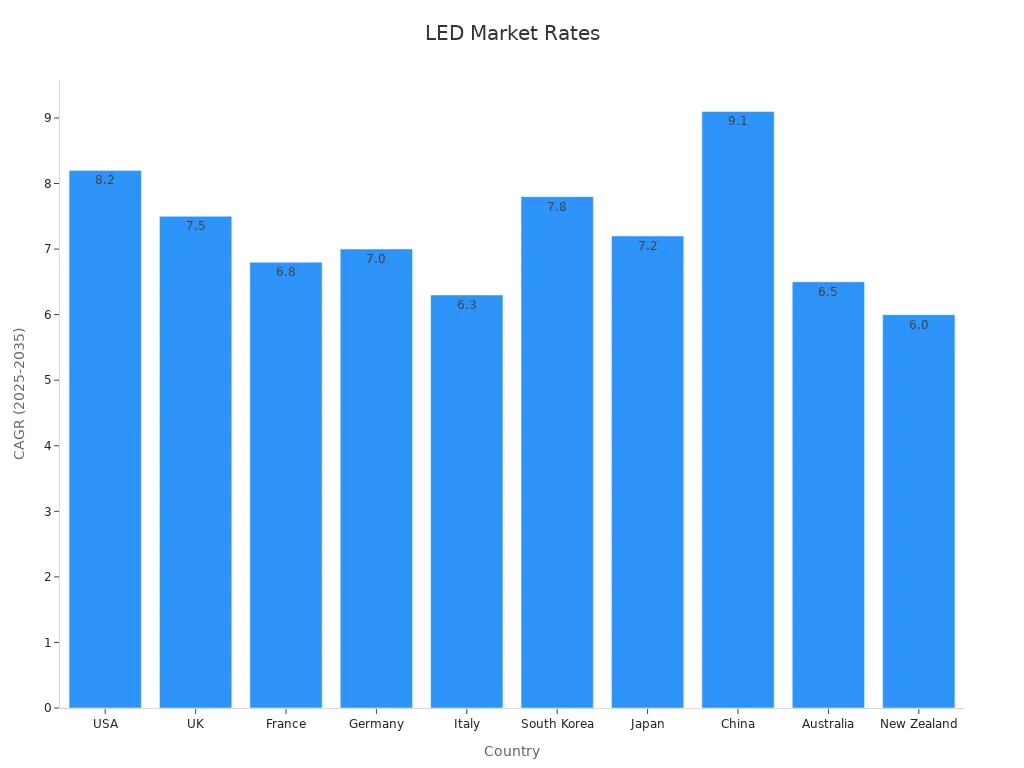
Switching to LED grow lights is a smart choice for indoor plants. They save energy, last longer, and give plants the best light to grow. No wonder they are the top choice for indoor gardening!
How to Choose the Right LED Grow Lights
Types of LED Grow Lights
When it comes to LED grow lights, you’ve got several options to choose from. Each type serves a specific purpose, so understanding their differences can help you make the best choice for your indoor plants.
-
Panel LED Grow Lights: These are the most common and versatile. They’re great for covering larger areas and work well for all growth stages.
-
COB (Chip on Board) LED Lights: These lights are super bright and efficient. They’re perfect if you need high-intensity light for plants like tomatoes or peppers.
-
Bar LED Grow Lights: These are long and narrow, making them ideal for vertical gardening or narrow spaces.
-
Clip-On LED Grow Lights: If you’re growing a few small plants, these compact and adjustable lights are a budget-friendly option.
Each type has its strengths, so think about your space and the light requirements of your plants before deciding.
Key Features to Consider
Choosing the right LED grow lights isn’t just about picking the first one you see. You’ll want to look at a few key features to ensure your plants thrive:
-
Light Spectrum: Go for full-spectrum lights or those offering red and blue wavelengths. These are essential for photosynthesis and healthy growth.
-
Intensity: The intensity of the light matters. High-intensity lights are better for larger spaces, while smaller gardens might need less.
-
Energy Efficiency: Check the wattage and energy output. Efficient grow lights save money in the long run.
-
Adjustability: Some lights let you tweak the spectrum and intensity. This is handy for meeting your plants’ changing needs.
-
Lifespan: A good LED grow light should last for years. Look for models with a long lifespan and solid warranties.
Pro Tip: Use a light meter to measure intensity and ensure your grow light fixtures are meeting your plants’ needs.
Balancing Budget and Quality
Finding the perfect balance between cost and quality can feel tricky, but it’s doable. Start by prioritizing what matters most for your plants. For example, if you’re growing leafy greens, focus on light spectrum and energy efficiency.
While full-spectrum LED grow lights might cost more upfront, they save money over time with lower energy bills. Don’t be tempted by cheap options that might not last or provide the right light. Instead, look for trusted brands with good reviews.
|
Factor |
Description |
|---|---|
|
Budget Allocation |
Focus on features like spectrum and intensity that match your growing goals. |
|
Initial Cost |
Higher upfront costs can lead to long-term savings. |
|
Quality Matters |
Invest in reliable products for better results. |
|
Energy Efficiency |
Saves money and supports sustainability. |
By investing wisely, you’ll get the best grow light recommendation for your indoor plants without breaking the bank.
How Far from My Plants Should I Place My LED Grow Lights?
Getting the distance right between your LED grow lights and your plants is crucial. Too close, and you risk burning the leaves. Too far, and your plants might not get enough light to thrive. Let’s break it down by plant stages and learn how to adjust as they grow.
Ideal Distance for Different Plant Stages
Plants need different light intensities at each stage of growth. The distance between your grow lights and your plants plays a big role in ensuring they get the right amount of light. Here’s a quick guide to help you:
|
Growth Stage |
Light Duration |
|
|---|---|---|
|
Seedling |
Greater separation initially (24-36 inches) |
16-18 hours |
|
Vegetative |
12-18 inches apart |
Varies |
|
Flowering |
Slightly raised lights (12-24 inches) |
12-14 hours |
Seedlings are delicate and can easily get overwhelmed by intense light. Keep the lights farther away during this stage. As your plants move into the vegetative and flowering stages, you can bring the lights closer to provide the intensity they need for photosynthesis and growth.
Tip: Use a light meter to measure the intensity at the plant canopy. This ensures your plants are getting the right amount of light without overexposure.
Adjusting Light Position as Plants Grow
As your indoor plants grow, their light needs change. Adjusting the position of your LED grow lights ensures they continue to thrive. Here’s a simple guide based on wattage and plant stage:
-
Seedling Stage (10-30 watts): Position your lights 24-36 inches away. This prevents the seedlings from getting too much light, which can stunt their growth.
-
Vegetative Stage (30-50 watts): Move the lights closer, about 15-24 inches away. This helps support healthy leaf and stem development.
-
Flowering Stage (50-80 watts): Keep the lights 12-24 inches away. This provides the intensity needed for flowering and fruit production.
Regularly check your plants as they grow. If you notice any signs of stress, like curling leaves or discoloration, adjust the light distance accordingly.
Pro Tip: Raise the lights slightly as your plants grow taller to maintain consistent light coverage across the canopy.
Signs of Incorrect Placement
Not sure if your LED grow lights are positioned correctly? Your plants will give you clues. Watch out for these signs:
-
Leggy Plants: If your plants grow tall and thin with large gaps between leaves, they’re likely too far from the light source.
-
Slow Growth: If your plants aren’t growing as quickly as expected, they might not be getting enough light.
-
Burned Leaves: If the leaves look scorched or have brown spots, the lights are probably too close.
Keep an eye on your plants daily. Small adjustments to the light position can make a big difference in their health and growth.
Note: Every plant is unique. Some may need more or less light depending on their species and growth stage. Pay attention to how your plants respond and adjust as needed.
By understanding how far from your plants you should place your LED grow lights, you can create the perfect environment for them to thrive. Whether you’re growing leafy greens, herbs, or flowers, proper light placement is key to success.
How Long Should I Use My LED Grow Lights?
Knowing how long to keep your LED grow lights on is key. Plants need different light times at each growth stage. Let’s explore the best schedules, why plants need rest, and how timers can help.
Recommended Light Duration for Plant Growth Stages
Plants don’t need the same light all the time. Their needs change as they grow. Here’s a simple guide for how many hours of light they need:
|
Growth Stage |
Light Hours Needed |
Benefits for Plants |
|---|---|---|
|
Seedling |
14-16 |
Helps roots grow strong. |
|
Vegetative |
16-18 |
Supports healthy leaves and stems. |
|
Flowering |
12-14 |
Encourages flowers and fruits to grow. |
For example, plants like tomatoes or basil need different light times as they grow. Research shows lettuce grows well with equal red and blue light (1:1) during vegetative growth. Tomatoes do better with more red light (2:1) during flowering. Adjusting light time and color can improve plant growth and yield.
Tip: Use a light meter to check if your plants get enough light.
Why Plants Need Rest Periods
Plants need breaks from light, just like people need sleep. While light helps them make food, darkness helps them grow and stay healthy. Too much light can harm plants and slow their growth.
Here’s why rest is important:
-
Energy Use: Darkness helps plants absorb nutrients and breathe.
-
Hormone Growth: Plants make growth hormones in the dark.
-
Stress Relief: Too much light can cause curled or discolored leaves.
Most plants grow best with a mix of light and dark, like natural sunlight. For example, lettuce grows well with 16 hours of light and 8 hours of dark. This balance keeps plants healthy and stress-free.
Note: If your plants look droopy or stressed, try giving them more dark time.
How Timers Can Help
Keeping a steady light schedule can be hard if you’re busy. Timers can make this easy by turning lights on and off automatically. This ensures your plants get the right light every day.
Here’s why timers are helpful:
-
They keep light schedules consistent for better plant growth.
-
Timers stop interruptions during important stages like seedling growth.
-
They ensure plants get 14-16 hours of light daily, even if you’re away.
Timers are great for plants like basil and mint, which need steady light. With timers, you can focus on other tasks while your plants get the care they need.
Pro Tip: Use programmable timers to set different light schedules for weekdays and weekends. This helps match your plants’ needs perfectly.
By setting the right light times, giving plants rest, and using timers, you can create the best environment for indoor gardening. Whether you grow herbs, greens, or flowers, these tips will help your plants thrive.
Understanding the Light Spectrum
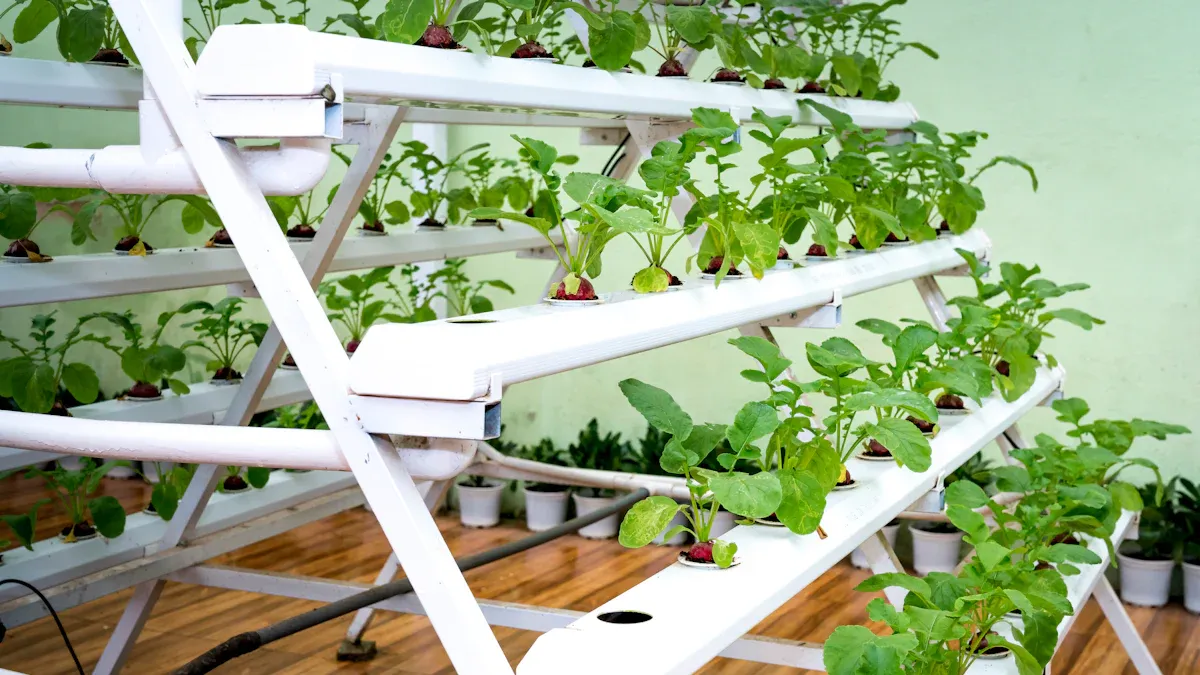
Role of Red and Blue Light in Plant Growth
The light spectrum plays a huge role in how your indoor plants grow. Red and blue wavelengths are especially important for photosynthesis and plant development. Blue light helps plants produce chlorophyll, which is essential for energy. It also influences the shape and size of leaves, making them stronger and healthier. On the other hand, red light supports flowering and fruit production. It’s like giving your plants a boost when they need it most.
Studies show that plants absorb these wavelengths more efficiently than others. While they evolved to use the full spectrum of sunlight, red and blue light are the real MVPs for indoor gardening. Here’s a quick breakdown of their roles:
|
Wavelength |
Role in Photosynthesis |
|---|---|
|
Red (660 nm) |
|
|
Blue |
Promotes chlorophyll production; shapes plant structure |
By focusing on these wavelengths, you can help your plants thrive at every stage of growth.
Benefits of Full-Spectrum LED Grow Lights
Full-spectrum grow lights are a game-changer for indoor plants. They mimic natural sunlight, offering a balanced mix of wavelengths that plants need to grow. These lights don’t just focus on red and blue; they also include green and yellow wavelengths. This creates a well-rounded "light diet" for your plants, supporting their overall health.
Here’s why full-spectrum LED grow lights are worth considering:
-
They provide blue light for leafy growth and red light for flowering.
-
Green and yellow wavelengths improve light penetration, ensuring all parts of the plant get enough energy.
-
They reduce energy waste by delivering only the wavelengths plants use most.
With full-spectrum grow lights, you can create an environment that feels like a sunny day, even indoors. This makes them ideal for growing herbs, vegetables, and flowers year-round.
Choosing the Right Spectrum for Your Plants
Not all plants need the same light spectrum. Choosing the right one depends on what you’re growing and its stage of development. For leafy greens or microherbs, blue light (450-495 nm) works best during the vegetative stage. If you’re growing tomatoes or peppers, red light (630-660 nm) is perfect for flowering and fruiting.
A balanced spectrum combining blue (5000-6500K) and red (2700-3000K) light supports healthy photosynthesis and growth. Conducting a light spectrum analysis can help you tailor your grow lights to your plants’ needs. This ensures they get the right wavelengths at the right time, boosting yield and reducing energy use.
By understanding the light spectrum and choosing the right grow lights, you can give your indoor plants the best chance to thrive.
Tips for Effective Use of LED Grow Lights
Avoiding Common Mistakes
Using LED grow lights the right way helps plants grow better. Avoid these common mistakes to keep your plants healthy:
-
Uneven Light Coverage: If some plants don’t get enough light, they may grow weak. Make sure all plants get equal light.
-
Wrong Light Spectrum: Plants need different light colors at each stage. Using the wrong one can slow their growth.
-
Incorrect Light Distance: Lights too close can burn leaves. Too far, and plants won’t get enough light. Adjust based on plant growth.
-
Low Light Intensity: Plants need strong light for photosynthesis. Use a light meter to check if the intensity is right.
-
Inconsistent Schedule: Plants need both light and dark times. Use a timer to keep a steady schedule.
Tip: Watch for signs like curled leaves or uneven growth. Small changes can help your plants thrive.
Enhancing Results with Additional Tools
Extra tools can make your LED grow lights work even better. Here are some helpful options:
-
Smart Lighting Systems: Control light settings with a phone app for better precision.
-
Light Recipes: Mix colors and intensities to match what your plants need.
-
UV and IR Lights: Add ultraviolet and infrared light to boost flavor and photosynthesis.
-
Interlighting: Place extra lights between plants for even light in crowded spaces.
-
Quantum Efficiency Tools: Measure how well plants use light to improve growth.
These tools can make indoor gardening easier and more effective.
Monitoring Plant Health and Adjusting Settings
Checking your plants often helps you spot problems early. Use these methods to monitor and adjust your setup:
|
Monitoring Tool |
What It Does |
|---|---|
|
Sensor Array |
Tracks soil moisture, temperature, and humidity. |
|
Light Meter Apps |
Measures light strength to ensure plants get enough. |
|
Light Distance Trials |
Tests different distances to find the best setup. |
Follow these steps to adjust light placement:
-
Place plants at different distances from the lights.
-
Watch how they grow and look over time.
-
Move the lights to the best distance for your plants.
Pro Tip: Try the Photone Grow Light Meter app. It’s simple to use and gives accurate light readings.
By avoiding errors, using helpful tools, and checking your plants, you can create the best setup for indoor gardening success.
LED grow lights are a game-changer for growing plants indoors. They give you the flexibility to control light intensity, duration, and spectrum, making it easier to create the perfect environment for your indoor plants. By adjusting the lights as your plants grow, you can ensure they get exactly what they need to thrive.
With consistent care and attention, you can enjoy a healthy indoor garden all year round. Whether you're growing herbs, vegetables, or flowers, these grow lights make indoor gardening simple and rewarding. So, why wait? Start growing plants indoors today and watch your green space flourish! 🌱
FAQ
What type of indoor plants work best with LED grow lights?
Most indoor plants thrive under LED grow lights, including herbs, leafy greens, and flowering plants like orchids. Choose plants that match your light spectrum and intensity setup for the best results.
Can I leave my LED grow lights on all the time?
No, plants need rest periods to grow properly. Keep the lights on for 12-18 hours, depending on the growth stage, and allow 6-8 hours of darkness daily.
How do I know if my plants are getting enough light?
Check for signs like healthy, vibrant leaves and steady growth. If plants look leggy or pale, they might need more light. Use a light meter to measure intensity at the canopy level.
Do LED grow lights work for all stages of plant growth?
Yes, they do! Full-spectrum LED grow lights support all growth stages, from seedlings to flowering. Adjust the light spectrum and intensity to match your plant's needs.
Are LED grow lights safe for indoor use?
Absolutely! LED grow lights produce minimal heat and are energy-efficient, making them safe for indoor gardening. Just ensure proper placement to avoid overheating your plants.

